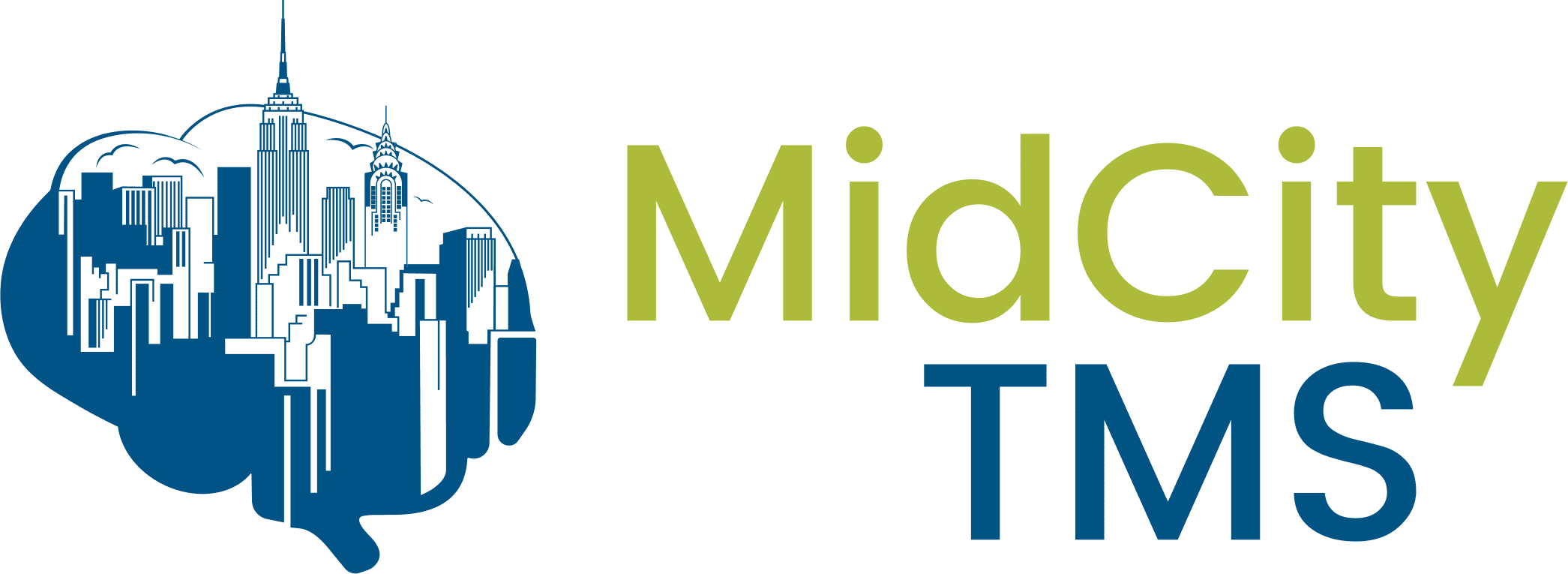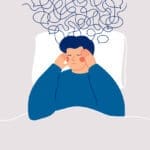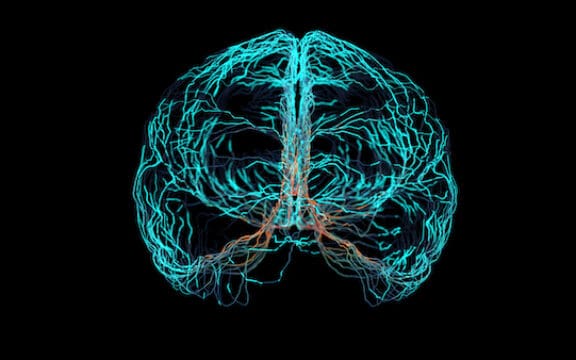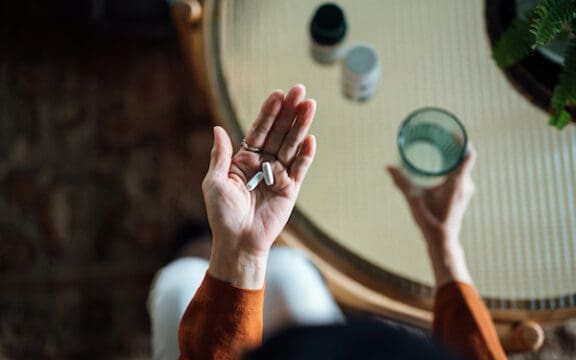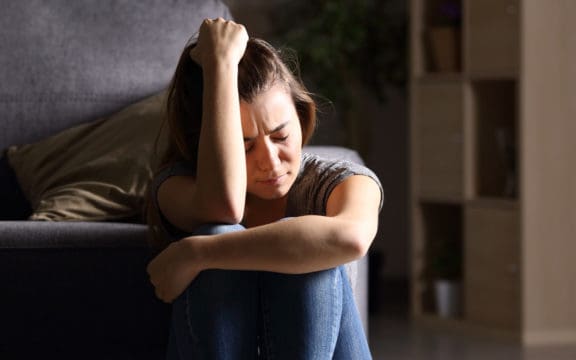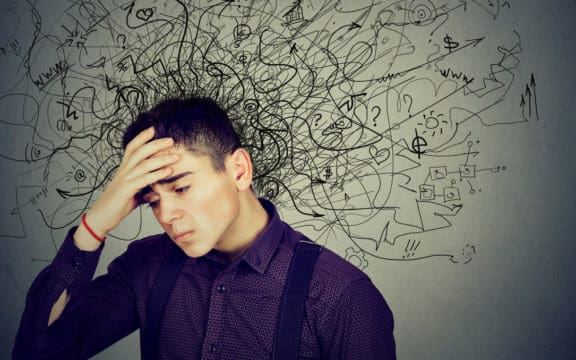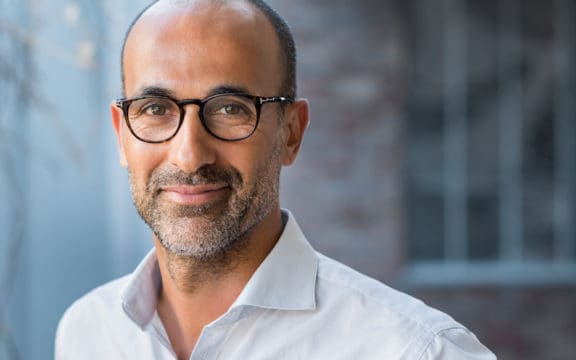As research in the burgeoning field of transcranial magnetic stimulation (TMS) continues to expand, new treatment methodologies have continued to emerge. One such approach involves the use of theta burst TMS (TBS) to treat major depressive disorder (MDD).Theta-burst stimulation (TBS) reduces the duration and cost of sessions and exerts comparable beneficial effects to standard TMS.
TBS can be delivered in multiple ways. The inhibitory method of TBS is continuous TBS (cTBS), which applies an uninterrupted train of bursts, and the facilitatory method is intermittent TBS (iTBS), which is fragmented by pauses among the trains of bursts. Intermittent TBS over the left dorsolateral prefrontal cortex (DLPFC) is the most common method of treating the clinical symptoms of MDD. In addition to unilateral stimulation, bilateral stimulation–which involves sequentially applied left facilitatory and right inhibitory by either TMS or TBS– is also very effective. Bilateral protocols are based on the observations of interhemispheric imbalance in the brains of people suffering from MDD, the resolution of which improves depressive and anxiety symptoms.
Theta Burst TMS
Theta burst stimulation was cleared by the FDA in August of 2018. TBS operates much in the same way as its well-established counterpart; as is the case with standard transcranial magnetic stimulation, TBS treatments use non-invasive electromagnetic coils to deliver electric pulses and currents to the brain’s dorsolateral prefrontal cortex, or the DLPFC to treat MDD.
TMS and TBS treatments diverge mainly in terms of stimulation frequency and session duration. While standard TMS delivers electromagnetic waves at a frequency of 10 hertz (Hz) during a session lasting between 20 and 40 minutes, TBS treatments employ a magnetic frequency of 50 Hz usually for three minutes per session.
This monumental technological optimization uses patterned theta waves that mimic intrinsic neuronal wavelengths and endogenous rhythms. In addition to its efficacy, another compelling aspect of theta burst TMS is that it can be administered much more efficiently than its counterpart, which saves both patients and treatment providers invaluable time and resources.
The Benefits of Bilateral Theta Burst TMS
Bilateral TBS sessions usually involve 600 uninterrupted pulses of continuous TBS for 40 seconds over the right DLPFC first, and then 600 pulses of intermittent TBS over the left DLPFC.
According to a study published in JAMA Psychiatry in 2022, bilateral TBS was demonstrated to be a superior route to ameliorating treatment-resistant depression compared to standard bilateral TMS in a group of older adults. During the trial, 172 patients aged 60 and older were assigned at random to receive either bilateral TBS or bilateral TMS treatments over the course of four to six weeks. Participants were evaluated at the conclusion of the trial and for twelve additional weeks post-treatment; among other baselines, researchers used the Montgomery-Åsberg Depression Rating Scale (MADRS) to underscore remission data. Of those receiving bilateral TBS, 35.4% met remission criteria in comparison to 32.9% of those receiving standard bilateral TMS. Moreover, the average MADRS scores differed by 1.547 points in favor of TBS.
Another study, published in 2021, showed that just 10 bilateral TBS sessions successfully treated the depressive symptoms of MDD.
Theta Burst Stimulation Side Effects
As with all treatments that target MDD, theta burst stimulation may have some minor drawbacks.
TBS and conventional TMS have nearly identical side effects, none of which pose a serious risk to a patient’s safety or well-being due to the non-invasive nature of the procedure. In the aforementioned JAMA Psychiatry study, of those receiving TBS, 54.1% of participants reported experiencing headache, 21.2% reported dizziness and 10.6% reported minor neck or back pain.
Explore TBS with MidCity TMS
For over a decade, Dr. Bryan Bruno and MidCity TMS have made it our mission to provide patients with safe and effective options in the ongoing struggle against Depression.
With years of experience, MidCity TMS formulates personalized treatment plans. We walk our clients through the potential treatment protocol options–including theta burst TMS, bilateral TMS and bilateral TBS–and ensure that treatment is comfortable and effective.
If you have Depression, contact us today to discover more about how you can benefit from TMS and TBS today.
